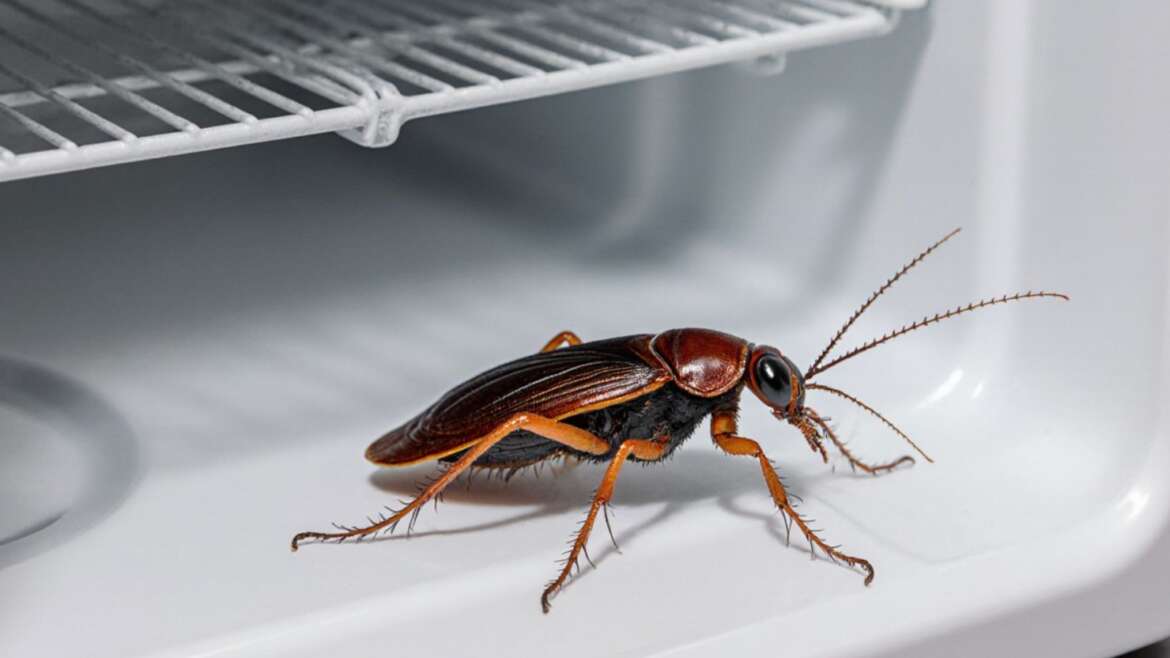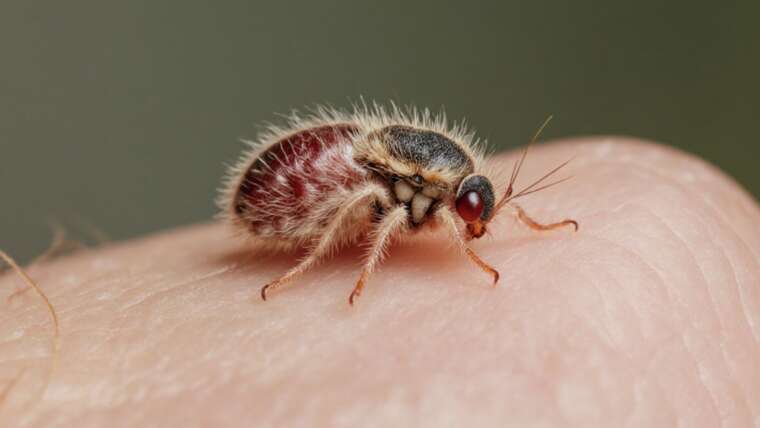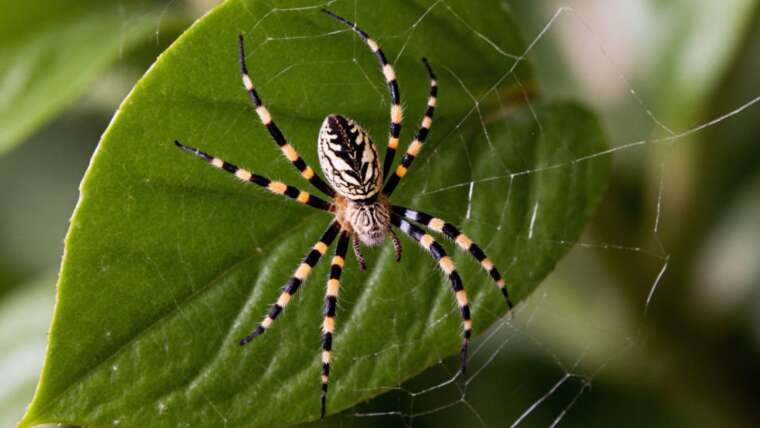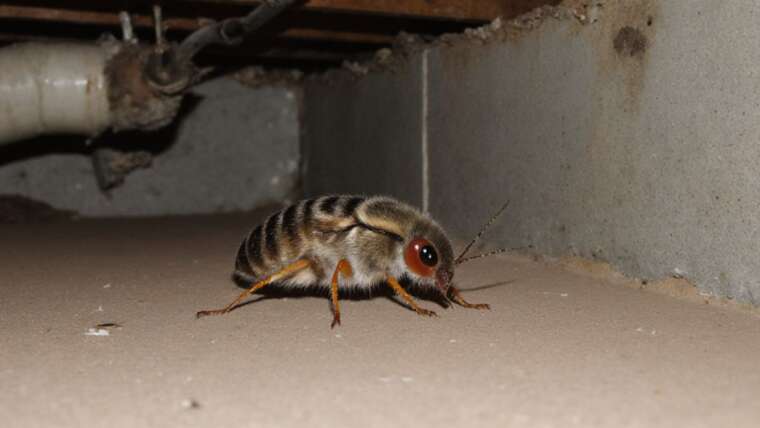Cockroaches, attracted to the warmth and food sources in your home, often invade kitchens where they can feast on crumbs and leftovers. These pests may even take up residence in your appliances, especially in the case of German cockroaches. If you discover cockroaches lurking in your kitchen, don’t worry—there are effective steps you can take to reclaim your space. Read on for a comprehensive guide on understanding and eliminating cockroaches from your home.
How Cockroaches Get Into Your Appliances
Kitchens are a haven for cockroaches, offering numerous hiding spots like sinks, drains, and spaces behind refrigerators or stoves. These flat, brown insects prefer dark, sheltered areas and are nocturnal, making it easy for them to go unnoticed during the day. Should conditions be favorable, cockroaches can reproduce at an alarming rate, leading to a larger infestation.
Did you know that cockroaches can go for months without food and still survive? This survival tactic makes their presence even more concerning, as you may not witness any live cockroaches but instead only notice their remnants, such as egg cases or droppings.
While encountering a single cockroach might not seem serious, it could indicate a more extensive issue. Sticky traps, or glue traps, can be useful tools for pest control professionals in monitoring cockroach populations.
Cockroaches have a remarkable ability to slip through the tiniest gaps, making your appliances, with their small openings around seals, particularly vulnerable to invasion. Furthermore, they can hide in cabinets, behind wallpaper, or under carpets—anywhere that provides warmth and access to food. These pests consume not only human food but also materials typically overlooked as sustenance, including grease, glue, and cardboard.
A unique tip is to regularly inspect your appliances for any signs of cockroach activity, including eggs or droppings, which can help you catch an infestation early before it escalates.
Can Cockroaches Damage Appliances?
While cockroaches typically won’t cause physical damage to appliances, their presence can lead to significant contamination. These pests can transfer harmful bacteria like E. coli and salmonella from one food source to another through their movements, making their presence around food dangerous.
Furthermore, an infestation may quickly spread beyond the kitchen into other adjacent rooms, underscoring the importance of addressing the problem swiftly. For peace of mind, consider placing UV lights near likely entry points, as cockroaches are drawn to warmth and light, which might help reveal their movement patterns.
What to Do When You Have Cockroaches in Your Kitchen
Spotting even one cockroach typically means there are more in hiding. But don’t panic; there are proactive steps you can take to deter an infestation:
Remove Food Sources
Eliminating potential food sources is one of the most effective ways to deter cockroaches. Clean up crumbs, securely close food containers, and promptly store leftovers instead of leaving them out. By creating an inhospitable environment, you make it challenging for cockroaches to thrive.
A useful fact: Consider using airtight containers for pantry items; not only do they keep food fresh, but they also minimize the risk of attracting pests.
Clean Everything Thoroughly
Cockroaches are experts at locating even the smallest morsels of food, so it’s crucial to clean spills in your microwave and refrigerator, as well as greasy stove surfaces. Be diligent in wiping down counters regularly to eliminate roach pheromones that may attract them.
Pro Tip: Use a mixture of vinegar and baking soda for a natural cleaning solution that not only cleans but also helps in breaking down grease, making it harder for roaches to find food sources.
Place Monitor Traps Around Your Kitchen
If you suspect high activity in certain areas, placing glue traps nearby can help track your cockroach situation. These traps’ adhesive surface traps roaches upon contact, providing insight into the extent of the issue. However, trap placement is critical, and it’s best to consult with pest control professionals to ensure they are in appropriate locations while keeping pets and children safe.
An interesting tip: Rotate trap locations periodically to monitor emerging hotspots that may indicate an increased roach presence.
Seal Up Any Cracks
Sealing cracks and crevices in your home’s foundation can effectively block cockroaches from entering. Look closely at areas in your kitchen where these pests could hide or gain access, making sure to cover any gaps around pipes and windows.
For an added layer of protection, consider using copper mesh to fill any gaps since cockroaches are unable to gnaw through it, providing a durable and effective barrier.
While these preventative measures can be significant in dealing with cockroaches, if you suspect you have a substantial infestation or feel overwhelmed, it’s advisable to contact a pest control professional. Cockroaches are notoriously resilient and can be difficult to eliminate entirely without expert help. For more guidance on dealing with cockroaches in your kitchen and home, reach out to Terminix® today.





